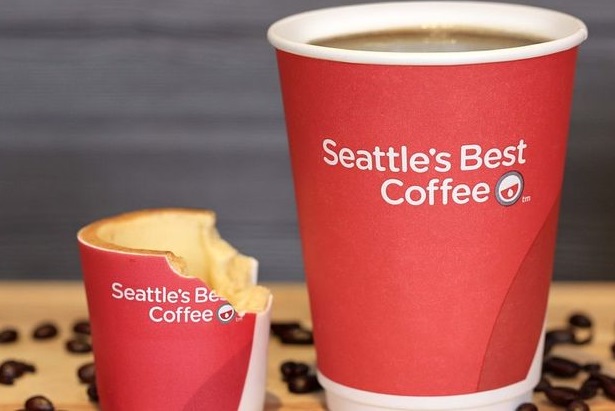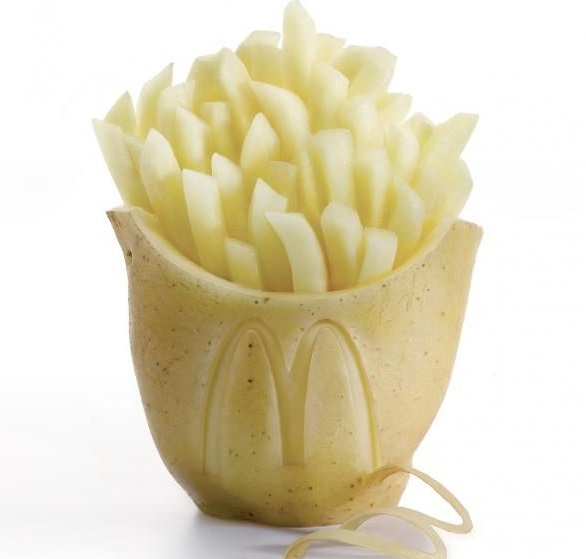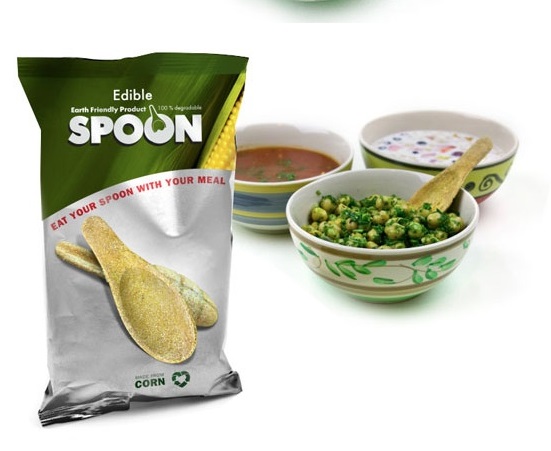There’s been a lot of headway made in food technology. From 3D printed food to futuristic kitchen robots that automate some of the more routine aspects of cooking, the last 50 years have brought us closer to the kitchen of the future. And for the most part, it’s pretty awesome. But one thing we heard about recently made us a little less thrilled with progressing food technology: edible food packaging.
It’s a noble idea in theory. Imagine completely eliminating the waste that’s the byproducts of food packaging. However, the application of these types of edible packaging alternatives are really sort of less appealing. But first, let’s talk a little more about what edible food packaging actually is.
What is Edible Food Packaging?
Edible food packaging is basically food wrapped in food. It takes away the plastic and paper waste that’s created from packaging foods and instead wraps it in something that’s edible. The idea is that once you’re done eating the food inside the package, you finish off the package too. A cool idea, for sure, but there are definitely challenges involved in making this a realistic option. Before we jump into the challenges that the edible packaging industry and food manufacturers face, let’s look at what edible packaging currently is and could be.
What Would Edible Packaging Look Like?
There’s already a number of actual edible packaging images, along with some really interesting concept drawings that people have put together on Pinterest. Some of the more interesting ones include a McDonalds edible french fry container, edible spoons for soup, and a coffee cup made out of a cookie that’s apparently already being tested out in a select number of airports.
But with any type of edible product, there’s a whole host of requirements and restrictions that are in place to ensure the consumer’s health and safety, and that’s creating a lot of barriers for companies that are trying to make edible food packaging a reality and get it into the mainstream. However, that might not be such a bad thing.
The Good, The Bad, and The Gross
Making the case for edible packaging (or at least biodegradable packaging) is a no-brainer. With landfills overflowing with waste, and increasing amounts of product waste that’s coming from developed countries, finding a way to make significant cuts is a necessity for the environment.
WikiFoods is a company that’s currently developing edible packaging for some of their products – they’ve even teamed up with a US based yogurt producer to create WikiPearls which enclose balls of yogurt inside of an edible skin. Think of it like mochi ice cream, but for yogurt.
This is all well and good, but the larger issue at hand is how do you protect the outside edible layer from germs, dirt, and other harmful substances in the processing and shipping processes? Foods don’t just magically appear on supermarket and store shelves, and there are quite a few touch points in between when a product is packaged and when it arrives at its end location. There still has to be a way to meet health and sanitary requirements when shipping and stocking edible packaged foods, which requires the use of non-edible packaging and ultimately defeats the purpose.
The other large issue that many of these companies are facing is cost: finding edible substances that are cost-effective and easy to create. Otherwise, large swaths of the population that opt for more affordable food options at the grocery store are going to overlook these items. In order to make a large impact on eliminating food packaging waste, there has to be mass adoption. That’s not going to be possible if these foods are unaffordable to large segments of people.
That challenge is one that largest issues that edible cup maker, LOLIWARE, faced when they launched their line of edible drinking glasses. Paper and styrofoam cups take months (and sometimes years) to break down once they’re discarded. During this time, they can leak some of the harmful chemicals that were used to produce them into the environment. LOLIWARE glasses wanted to create a cup that could either be eaten after finishing a drink, or could quickly dissolve under hot water without any harmful side effects. The problem? Paper cups are cheap to purchase, and edible ones are not. LOLIWARE glasses sell for around $12 for a set of 4.
There’s definitely a pocket of consumers that can and will be able to shell out for these products – especially if they can lower the price after a few production runs. But what about for the everyday consumer? Will they opt to pay double or even triple the amount of money for a biodegradable option, rather than continue using what they’ve been using?
A Silver Lining?
So what’s the answer? It’s hard to say, but what is certain is that food packaging does create an enormous amount of waste that has to go somewhere, and rethinking how we use and discard food packaging could help us come with innovative solutions to cutting down landfill waste. Instead, however, of edible packaging for foods (which can create a need for even MORE packaging to meet sanitary requirements), we can focus on how to incorporate more biodegradable packaging for food products. Waste will probably always be an unfortunate byproduct of the modern world, but there are steps that we can take to make it more sustainable. While edible packaging is a cool idea, it doesn’t really solve the issue at hand. Biodegradable packaging alternatives, however, provide a very realistic solution.
Additionally, purchasing locally made foods can go a long way in eliminating a lot of waste. This is because there’s also a lot of wasteful packaging that goes into shipping food products – whether its by plane, truck, or boat – and reducing that need can reduce the amount of packaging created and used. We wrote about urban farming last week, which could provide a huge benefit to urban supermarkets, food stands, and restaurants.
Now, we want to hear from you? Are you worried about the amount of food packaging that’s going into landfills around the globe? How do you, personally, try to cut down on food packaging waste? Would you pay more money for biodegradable or edible food packaging options? Let us know in the comments!








Trackbacks/Pingbacks